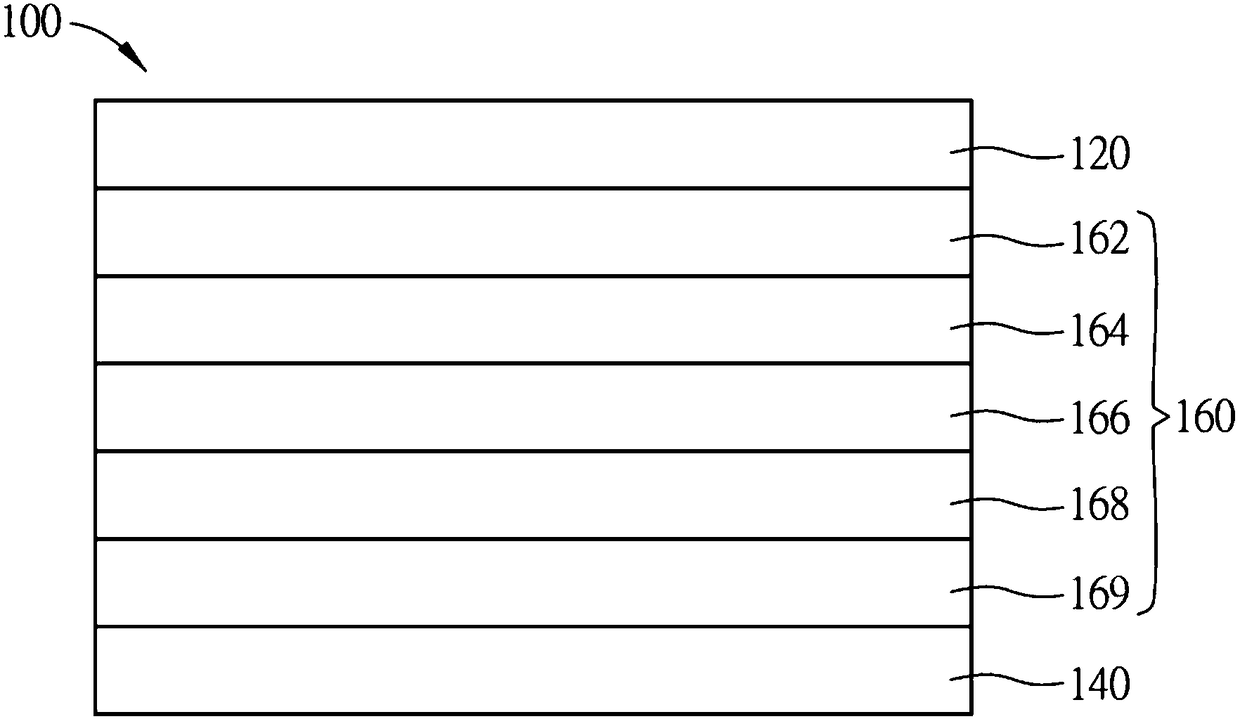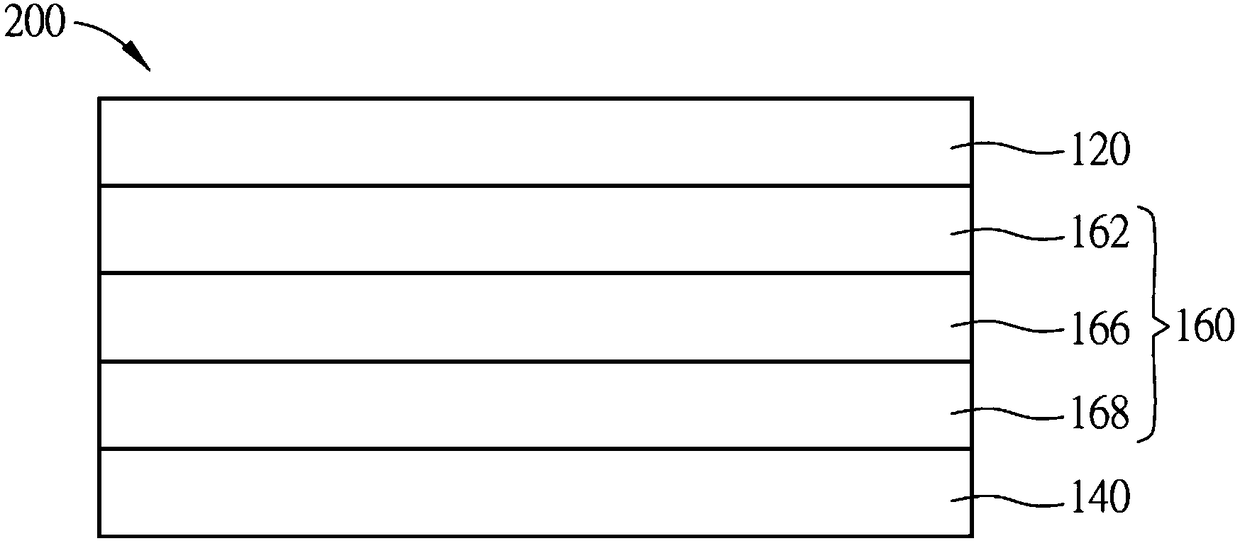Iridium complex of cyclic quinoxaline condensed ligand and organic light-emitting diode component
A technology of light-emitting diodes and quinoxaline, which is applied in the field of light-emitting materials and light-emitting components, can solve problems such as decreased stability, and achieve the effects of good thermal stability, reduced concentration quenching effect, and high efficiency
- Summary
- Abstract
- Description
- Claims
- Application Information
AI Technical Summary
Problems solved by technology
Method used
Image
Examples
Embodiment 1
[0041] The iridium complex of embodiment 1 cyclic quinoxaline fused ligand
[0042] According to the iridium complex of a cyclic quinoxaline fused ligand disclosed in Example 1 of the present invention, it has the structure of the following general formula (1):
[0043]
[0044] In the general formula (1), m is 1 or 2, n is 1 or 2, and m+n is 3; A is a bridging atom with the structure of the general formula (2) or the general formula (3),
[0045]
[0046] R in general formula (3) 1 Is a hydrogen atom, an alkyl group or a tert-butyl group; R in general formula (1) 2 to R 14 One of independently selected from hydrogen atom, halogen atom, cyano group, alkyl group, cycloalkyl group, aryl group, alkoxy group, amino group, haloalkyl group, sulfanyl group, silyl group and alkenyl group.
[0047] The iridium complex of the cyclic quinoxaline fused ligand with the general formula (1) structure of this embodiment can be used as the guest material of the organic light-emitting ...
Embodiment 2
[0061] Embodiment 2 Organic Light Emitting Diode Assembly
[0062] Please refer to figure 1 According to Embodiment 2 of the present invention, an organic light emitting diode assembly 100 includes a first electrode layer 120 , a second electrode layer 140 and an organic light emitting unit 160 . Wherein, the first electrode layer 120 may be a transparent electrode material, such as indium tin oxide (ITO), and the material of the second electrode layer 140 may be metal, transparent conductor or other suitable conductive material. However, the first electrode layer 120 can also be metal, transparent conductor or other suitable conductive material, and the second electrode layer 140 can also be a transparent electrode material. Specifically, at least one of the first electrode layer 120 and the second electrode layer 140 of this embodiment is a transparent electrode material. In this way, the light emitted by the organic light emitting unit 160 can be emitted through the trans...
Embodiment 3
[0072] Embodiment 3 Organic Light Emitting Diode Assembly
[0073] in addition, figure 2 It is a schematic cross-sectional view of an OLED device 200 disclosed in Embodiment 3 of the present invention. The OLED component 200 is similar to the OLED component 100 , so the same components have the same features and functions, which are denoted by the same component symbols and will not be described again.
[0074] Please refer to figure 2 , and in this embodiment, the organic light emitting unit 160 may include a hole injection layer 162 , an organic light emitting layer 166 and an electron transport layer 168 , and the organic light emitting layer 166 is disposed between the hole injection layer 162 and the electron transport layer 168 .
PUM
| Property | Measurement | Unit |
|---|---|---|
| cracking temperature | aaaaa | aaaaa |
| thickness | aaaaa | aaaaa |
| thickness | aaaaa | aaaaa |
Abstract
Description
Claims
Application Information
 Login to View More
Login to View More - R&D
- Intellectual Property
- Life Sciences
- Materials
- Tech Scout
- Unparalleled Data Quality
- Higher Quality Content
- 60% Fewer Hallucinations
Browse by: Latest US Patents, China's latest patents, Technical Efficacy Thesaurus, Application Domain, Technology Topic, Popular Technical Reports.
© 2025 PatSnap. All rights reserved.Legal|Privacy policy|Modern Slavery Act Transparency Statement|Sitemap|About US| Contact US: help@patsnap.com



